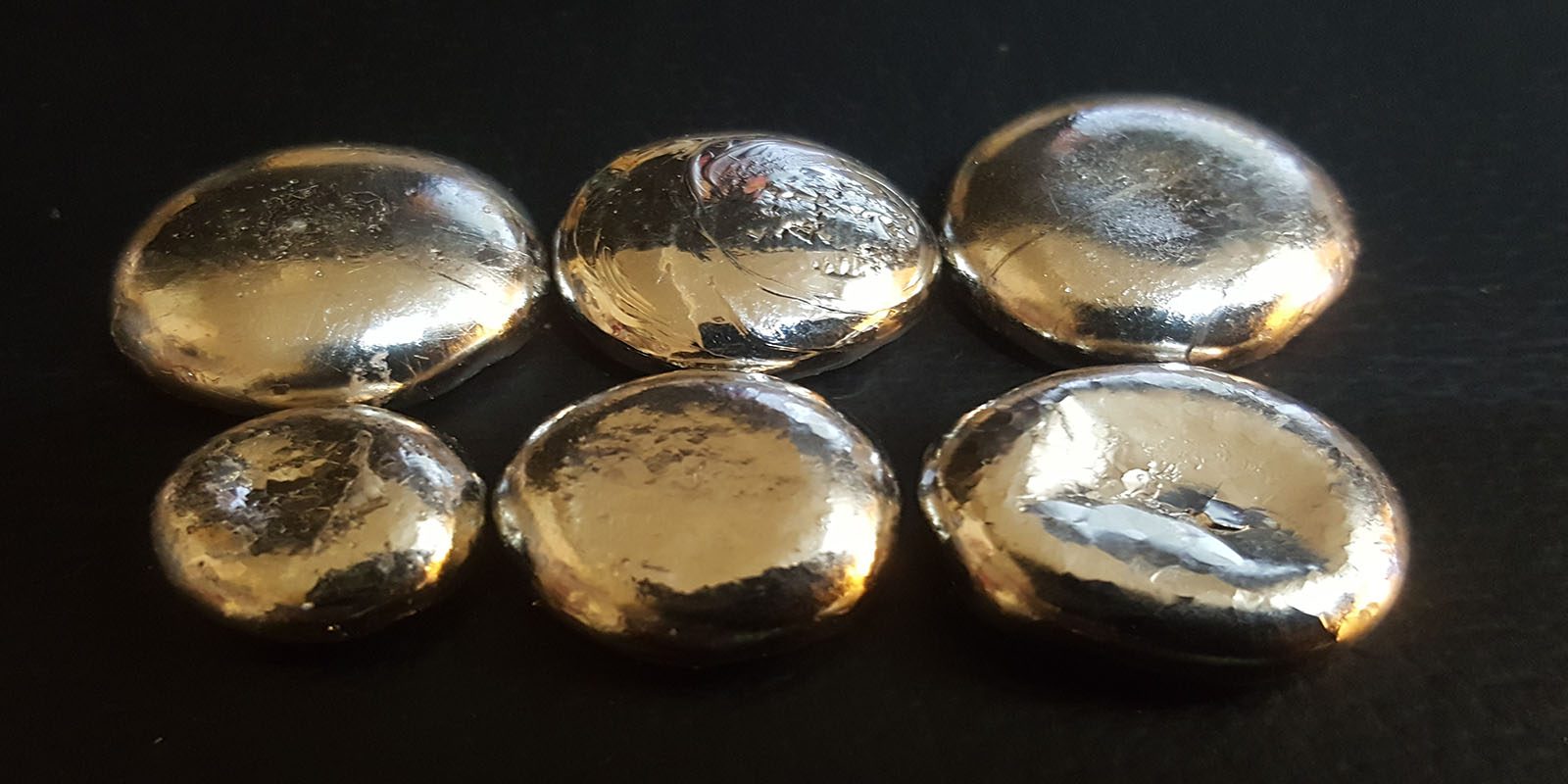
Palladium history
William Hyde Wollaston noted the discovery of a new noble metal in July 1802 in his lab book and named it palladium in August of the same year. Wollaston purified a quantity of the material and offered it, without naming the discoverer, in a small shop in Soho in April 1803. After harsh criticism from Richard Chenevix that palladium is an alloy of platinum and mercury, Wollaston anonymously offered a reward of £20 for 20 grains of synthetic palladium alloy. Chenevix received the Copley Medal in 1803 after he published his experiments on palladium. Wollaston published the discovery of rhodium in 1804 and mentions some of his work on palladium. He disclosed that he was the discoverer of palladium in a publication in 1805.
It was named by Wollaston in 1802 after the asteroid 2 Pallas, which had been discovered two months earlier.Wollaston found palladium in crude platinum ore from South America by dissolving the ore in aqua regia, neutralizing the solution with sodium hydroxide, and precipitating platinum as ammonium chloroplatinate with ammonium chloride. He added mercuric cyanide to form the compound palladium(II) cyanide, which was heated to extract palladium metal.
Palladium chloride was at one time prescribed as a tuberculosis treatment at the rate of 0.065 g per day (approximately one milligram per kilogram of body weight). This treatment had many negative side-effects, and was later replaced by more effective drugs.
Most palladium is used for catalytic converters in the automobile industry. In the run up to year 2000, the Russian supply of palladium to the global market was repeatedly delayed and disrupted; for political reasons, the export quota was not granted on time. The ensuing market panic drove the price to an all-time high of $1,340 per troy ounce ($43/g) in January 2001.Around that time, the Ford Motor Company, fearing that automobile production would be disrupted by a palladium shortage, stockpiled the metal. When prices fell in early 2001, Ford lost nearly US$1 billion.[78]
World demand for palladium increased from 100 tons in 1990 to nearly 300 tons in 2000. The global production of palladium from mines was 222 tonnes in 2006 according to the United States Geological Survey.Many were concerned about a steady supply of palladium in the wake of Russia’s annexation of Crimea, partly as sanctions could hamper Russian palladium exports; any restrictions on Russian palladium exports could have exacerbated what was already expected to be a large palladium deficit in 2014. Those concerns pushed palladium prices to their highest level since 2001.In September 2014 they soared above the $900 per ounce mark. In 2016 however palladium cost around $614 per ounce as Russia managed to maintain stable supplies.[81] In January 2019 palladium futures climbed past $1,344 per ounce for the first time on record, mainly due to the strong demand from the automotive industry.Palladium reached $2,024.64 per troy ounce ($65.094/g) on 6 January 2020, passing $2,000 per troy ounce the first time.On May 17, 2021 Palladium price hit $2,997 per troy ounce